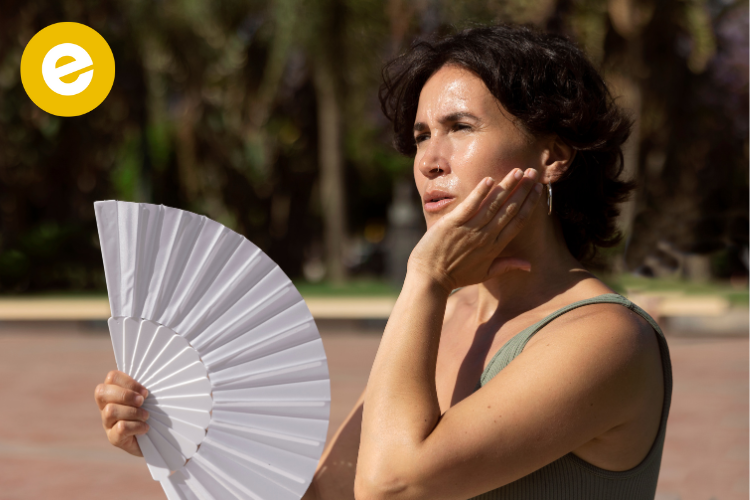Hello Summer! It’s time to go to the beach and enjoy the sunsets. With the arrival of summer, it is natural that to you would want to make the most of the nice weather. However, before you spend a full day in the sun, you also need to consider the potential dangers of excessive exposure in high temperatures.
Understanding Heat Exhaustion and Heatstroke
Heat exhaustion and heatstroke are two conditions that can occur when our bodies struggle to cope with prolonged exposure to high temperatures. But what is the difference between these conditions and how can we avoid them?
Heat exhaustion is a heat-related illness that occurs when the body becomes dangerously overheated but hasn’t reached the severe stage of heatstroke yet. It is often a result of inadequate hydration and excessive exertion in hot weather. Symptoms include ample sweating and feeling overheated, fatigue or weakness, muscle cramps or spasms, dizziness or light-headedness, nausea or vomiting, headache and rapid heartbeat.
On the other hand, heatstroke is a medical emergency and is considered the most severe form of heat-related illness. Unlike heat exhaustion, heatstroke occurs when the body’s temperature regulations system fails, reaching dangerously high levels. Symptoms include high body temperature, rapid and shallow breathing, throbbing headache, nausea or vomiting, confusion or disorientation, seizures or unconsciousness, dry, hot and flushed skin.
Tips for a Safe Summer
Stay hydrated: Drinking plenty of water not even when you feel thirsty. Aim to consume at least eight glasses of water daily. Avoid excessive alcoholic and caffeinated beverages as they can contribute to dehydration.
Seek shade and limit sun exposure: When the sun is at its strongest (usually from 10am to 4pm), it is advisable to seek shade or remain indoors. If you must be outside, wear lightweight, light-coloured, and loose-fitting clothes along with a wide-brimmed hat and sunglasses for protection.
Apply sunscreen: Use a broad-spectrum sunscreen with a high Sun Protection Factor (SPF) of 30 or above. Reapply every two hours, or more frequently if you are swimming or sweating.
Take frequent breaks: Avoid excessive exertion in hot weather and take regular breaks to rest and cool down. Engage in outdoor activities during cooler hours, such as early morning or late evening.
Air conditioning and proper ventilation: Ensure indoor spaces are well-ventilated and cooled with air conditioning, especially during heatwaves. Create a cool and comfortable environment within your living spaces, especially for vulnerable individuals such as the elderly, young children and those with chronic illnesses.
Be aware of symptoms: Stay vigilant and aware of the symptoms of heat-related illnesses. If you or someone around you is experiencing severe symptoms like confusion, seizures or unconsciousness, seek immediate medical attention.
While enjoying the beautiful summer weather, it is crucial to prioritize your safety and well-being. By understanding the differences between heat exhaustion and heatstroke, recognising their symptoms, and following the key tips outlined above, you can beat the summer heat and make the most of the pleasant weather. Stay hydrated, protect yourself from the sun and be mindful of your body’s signals to ensure a safe and enjoyable summer season.
